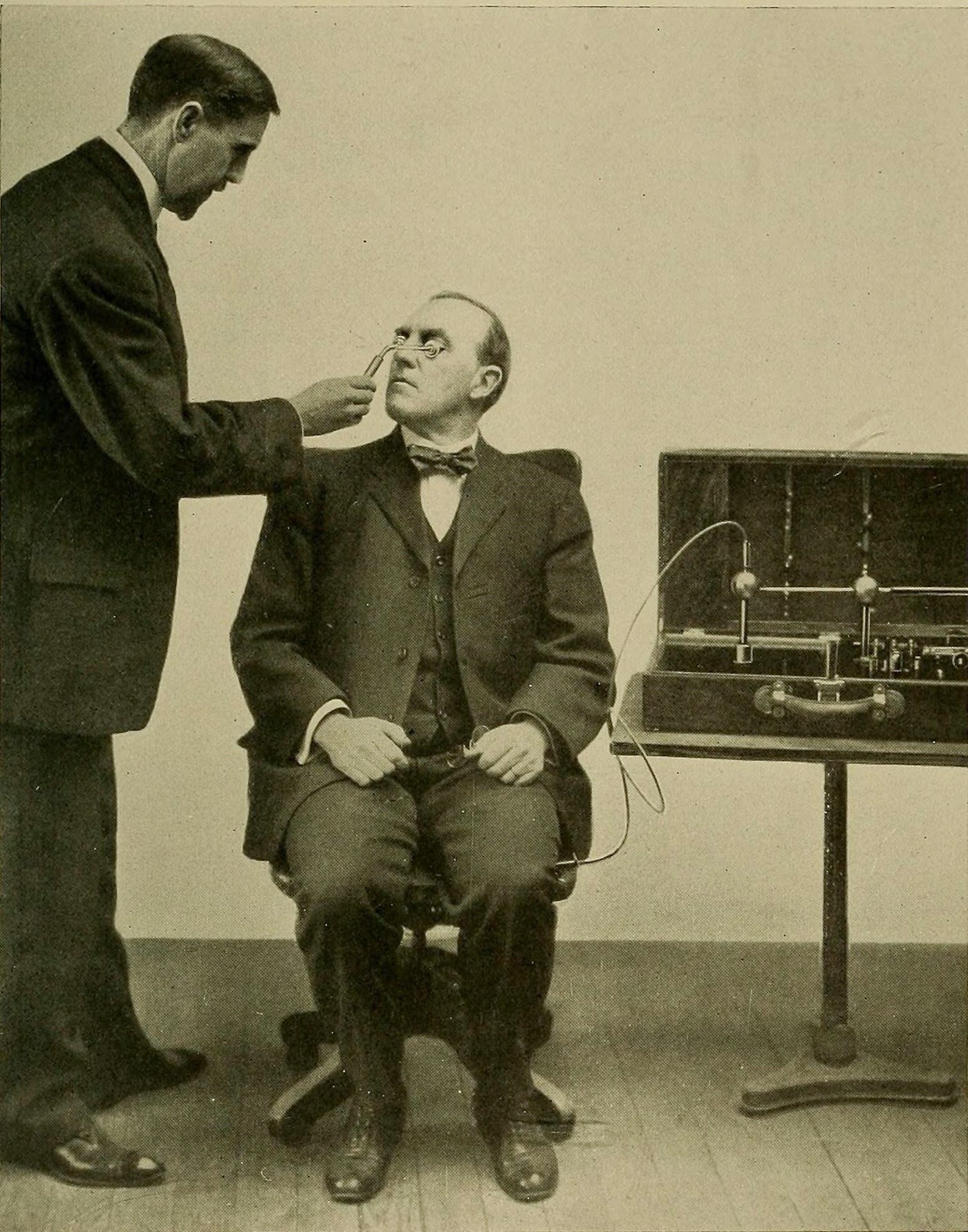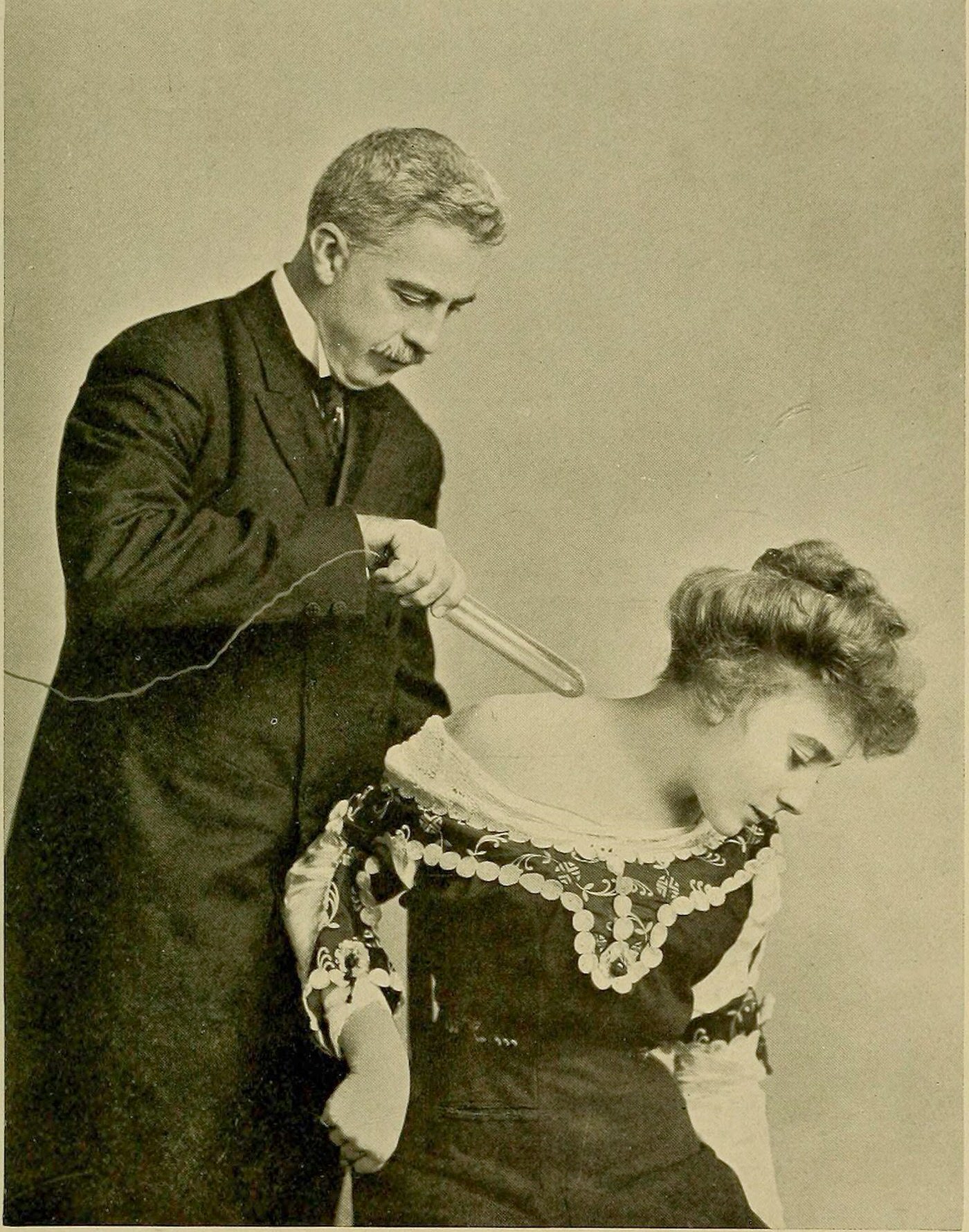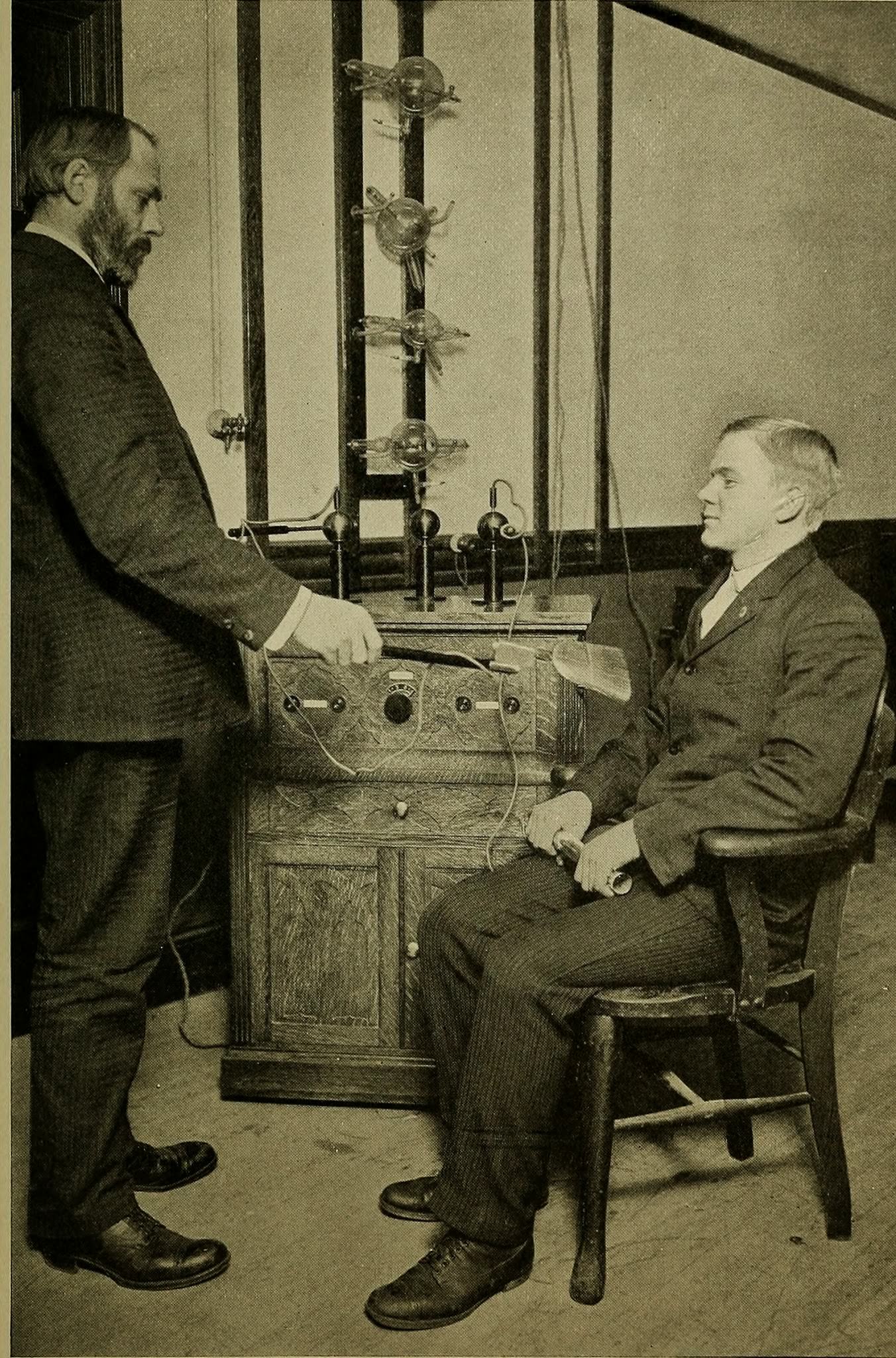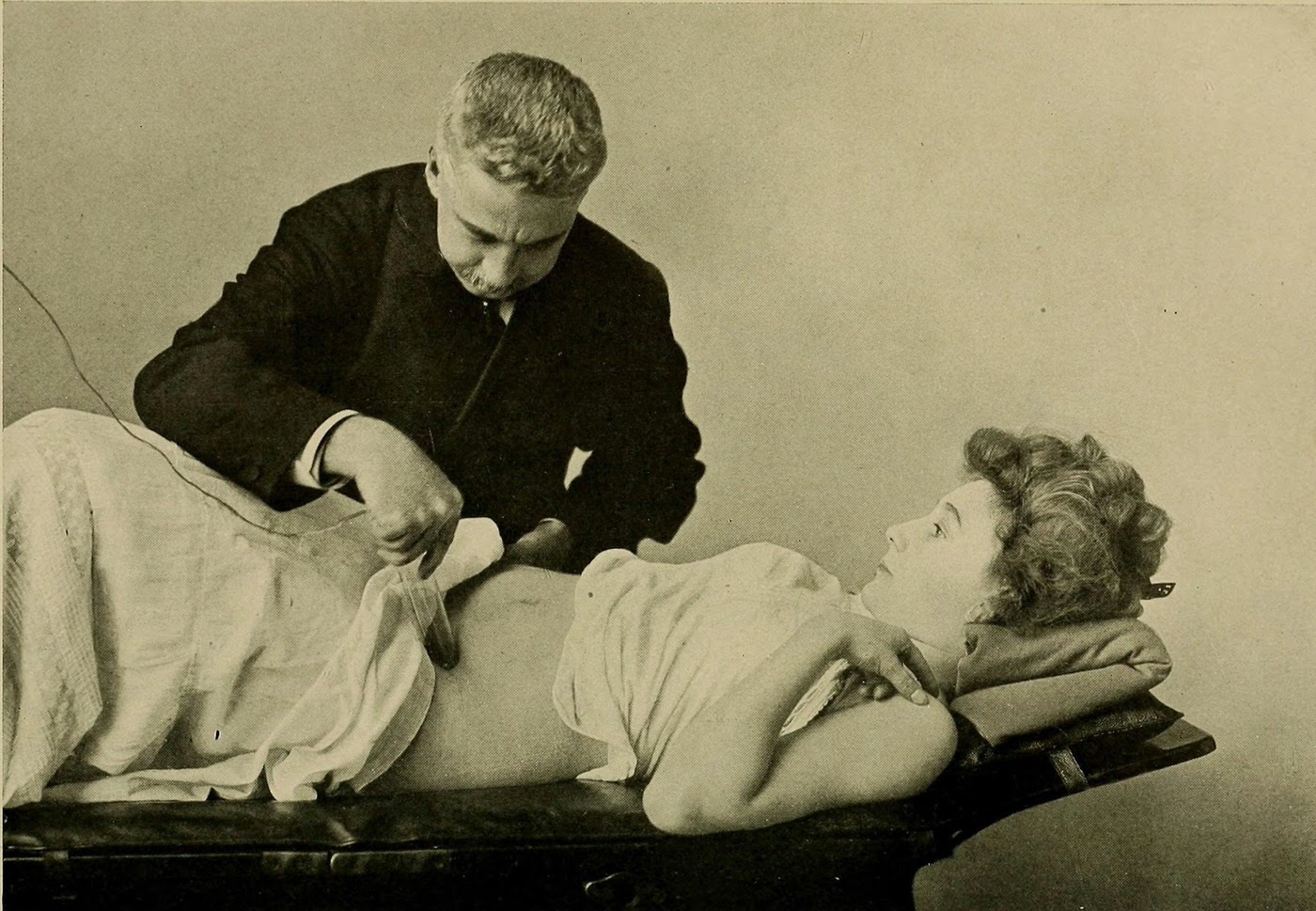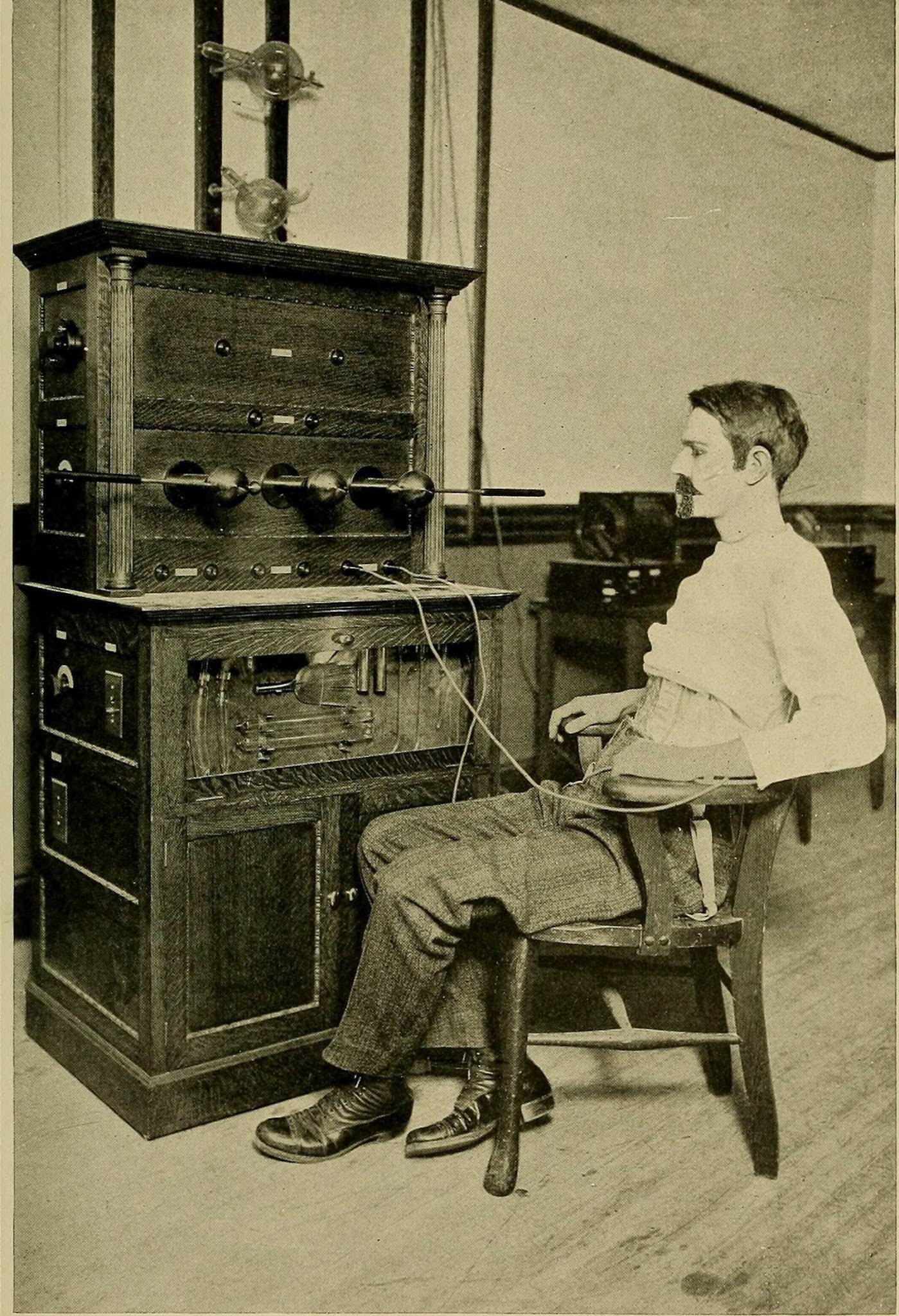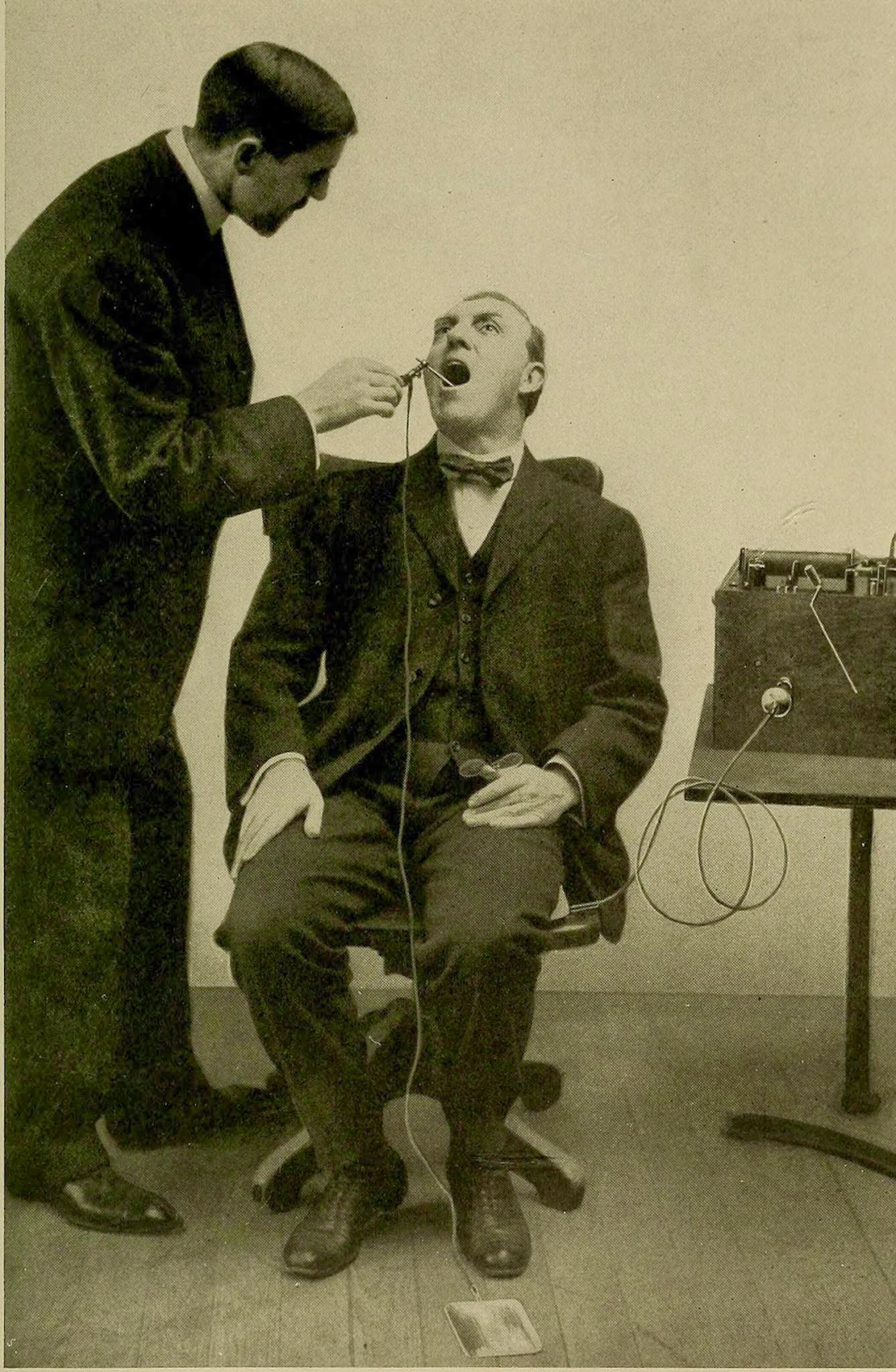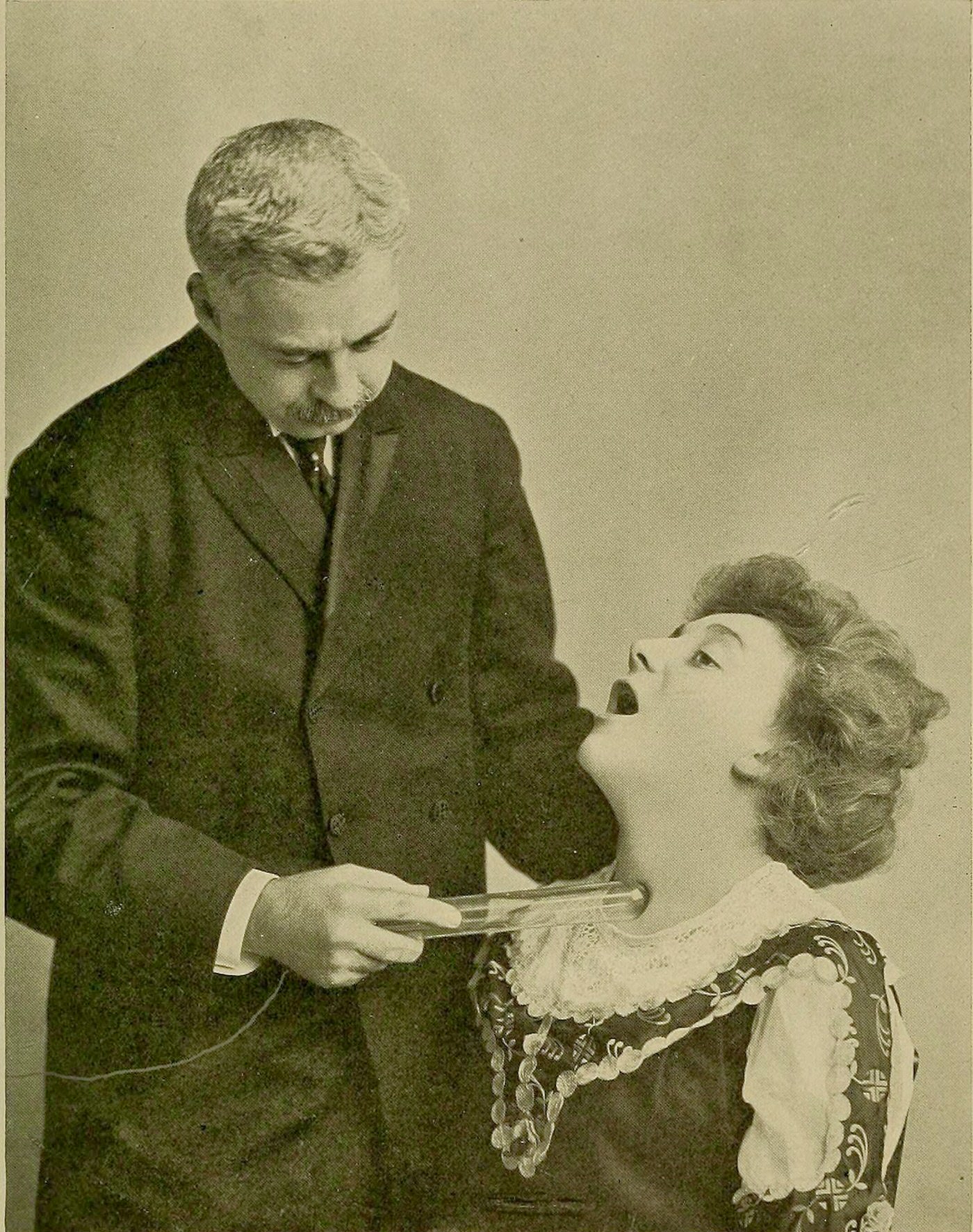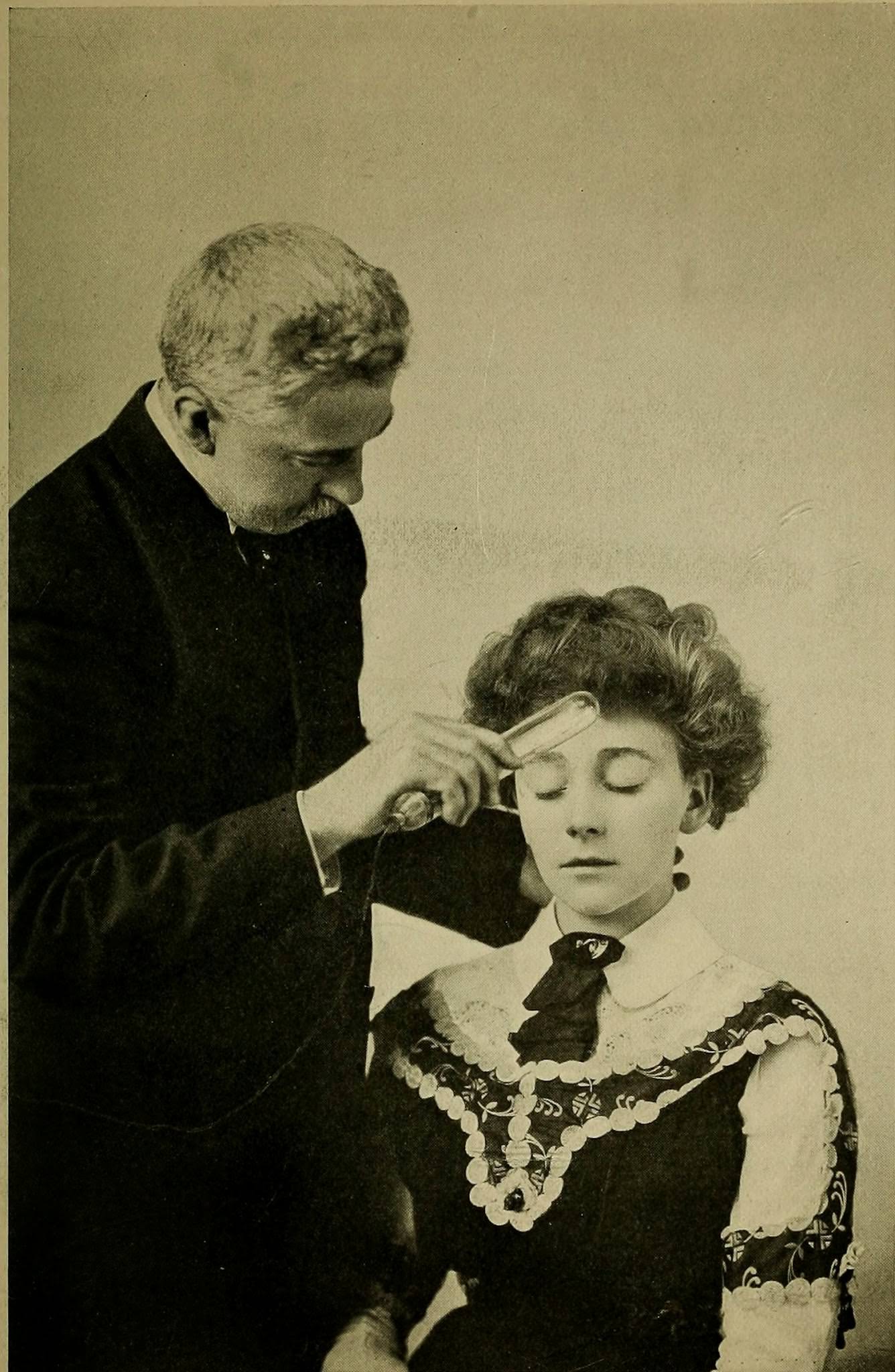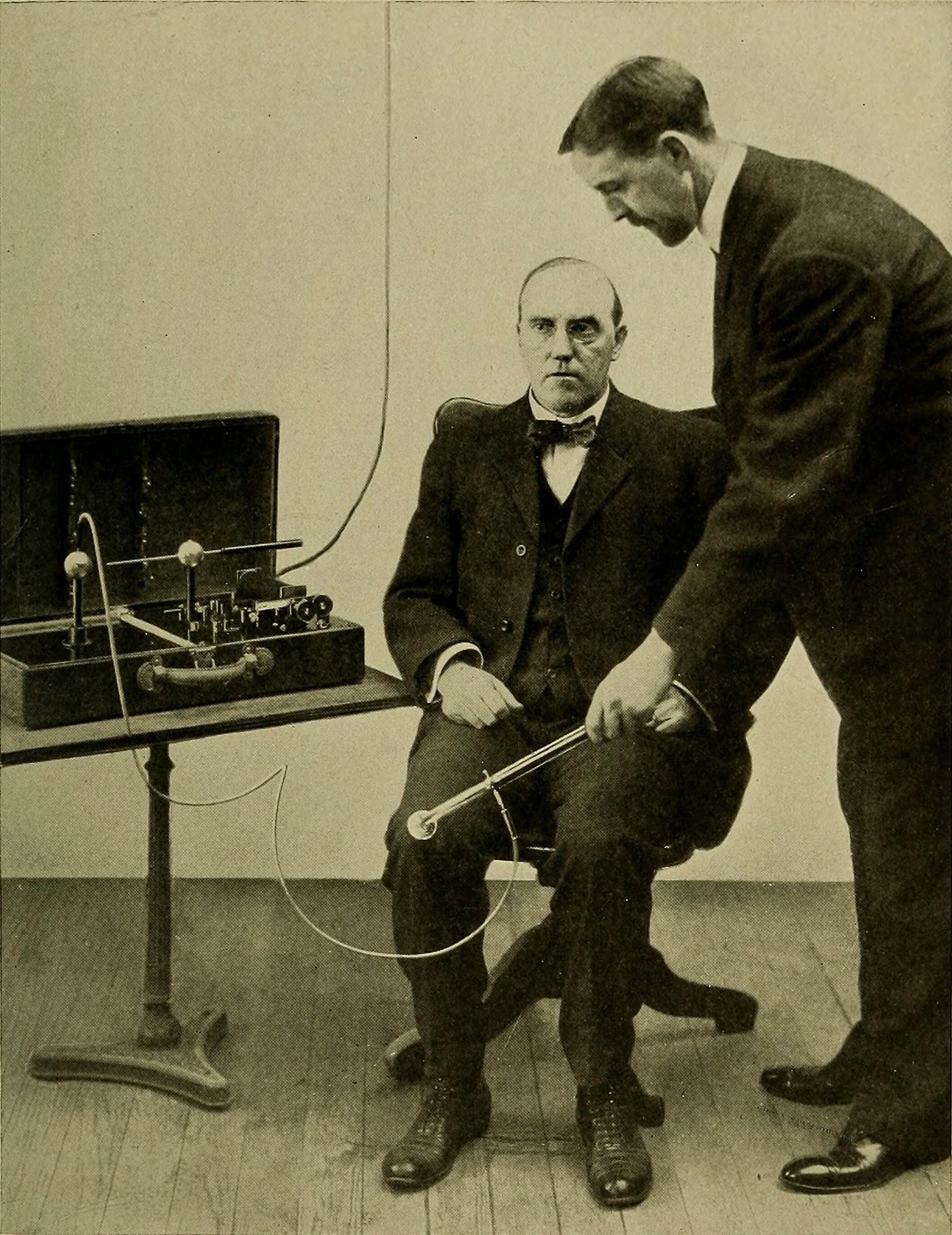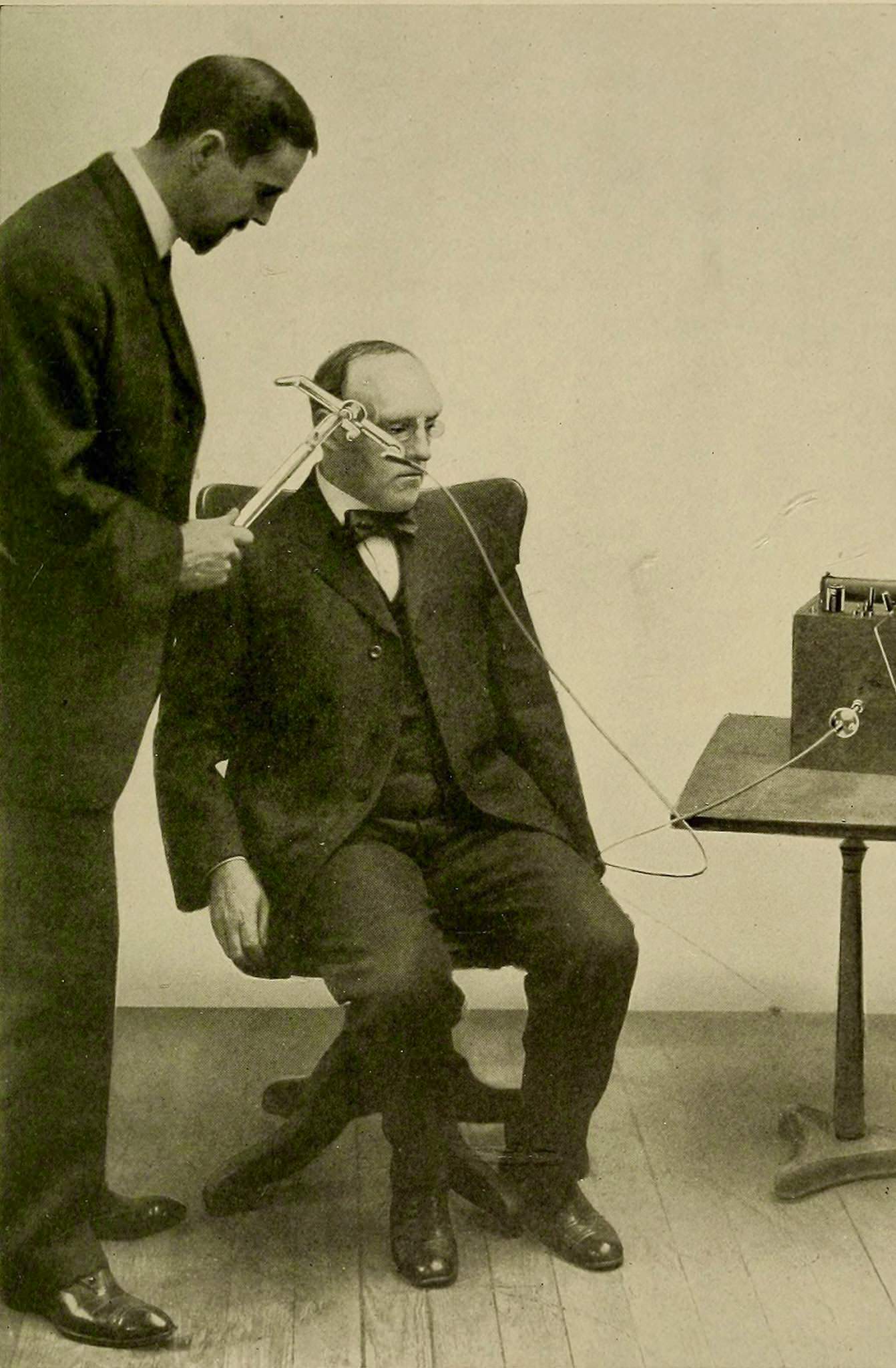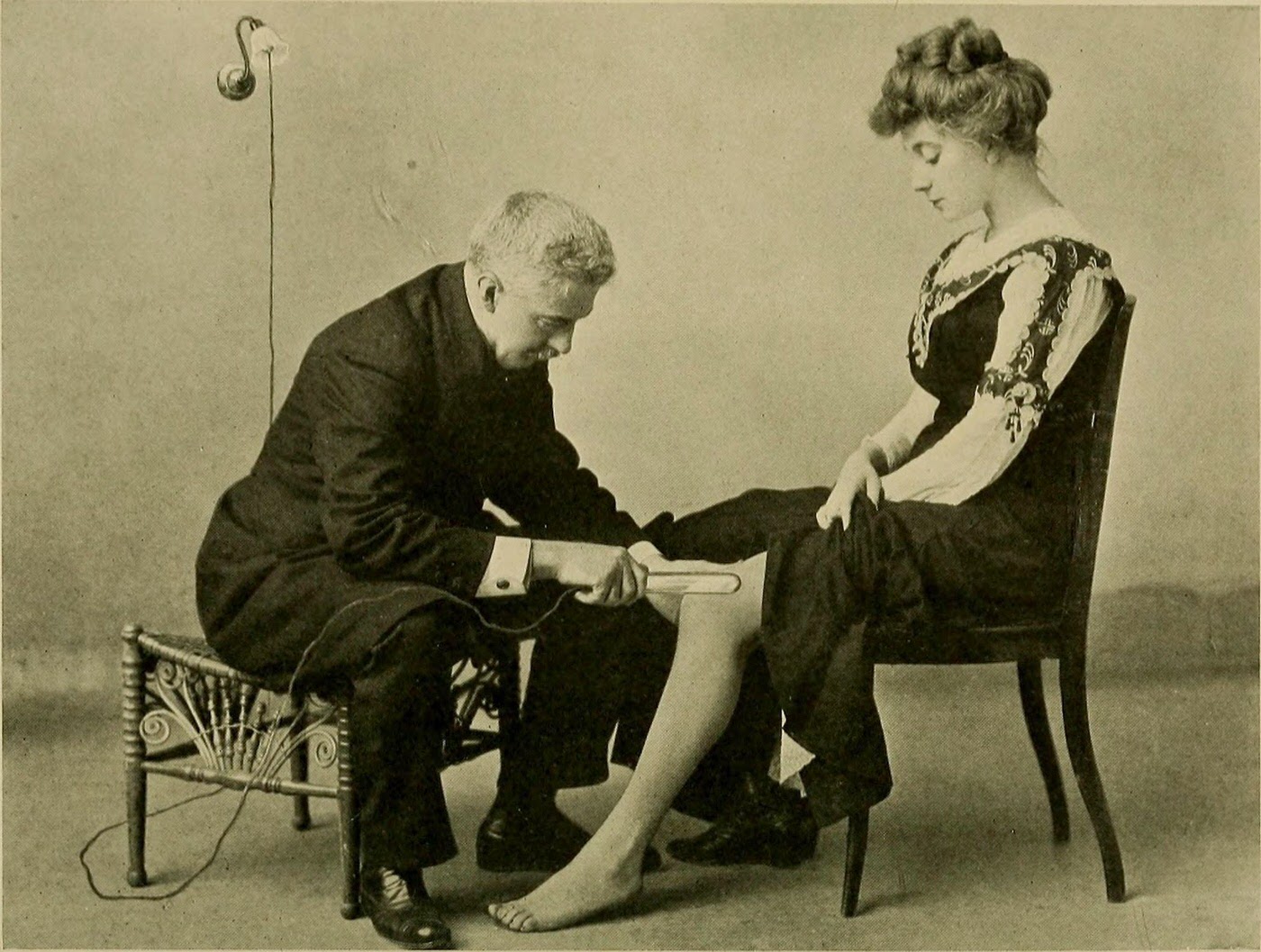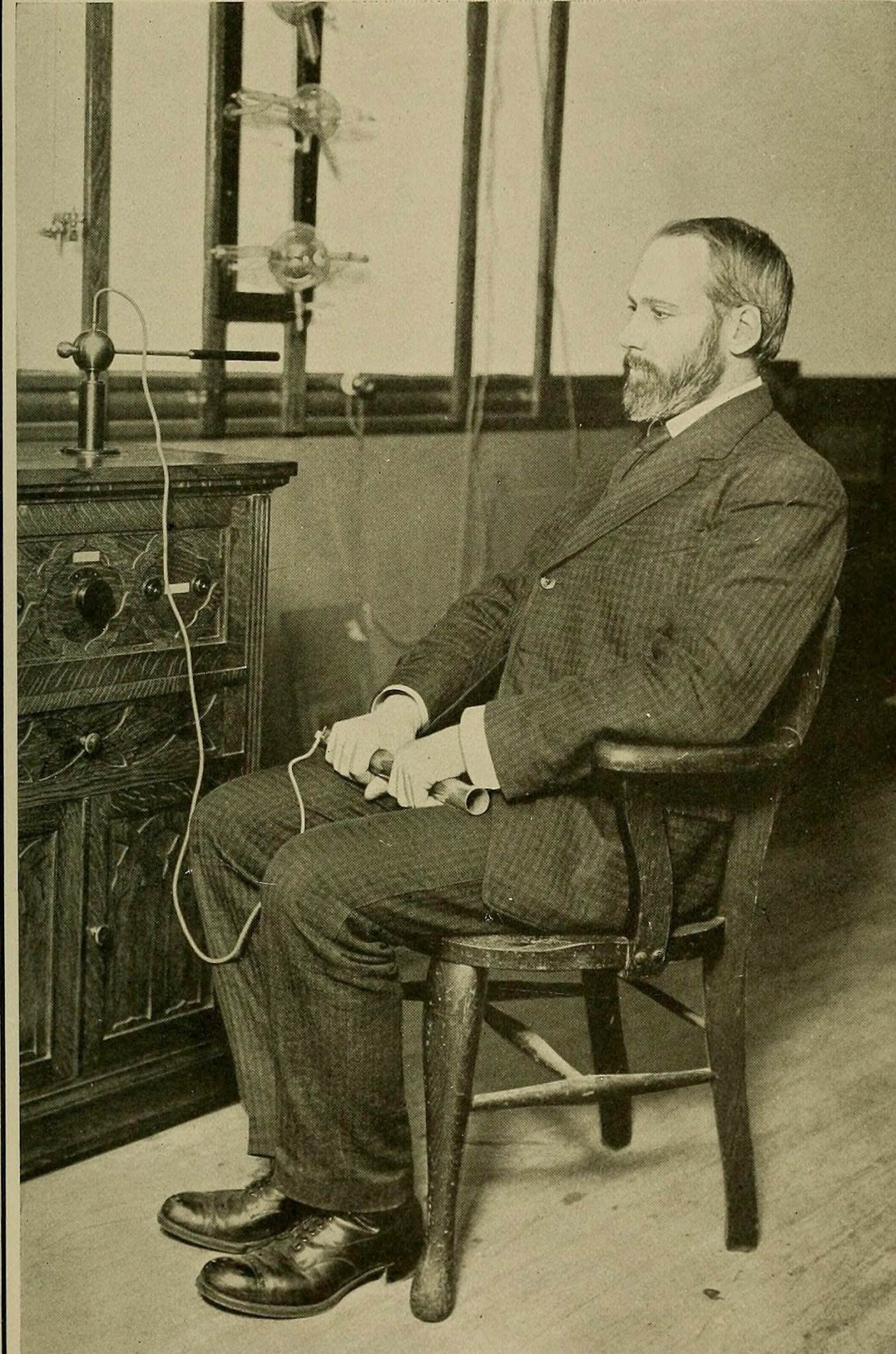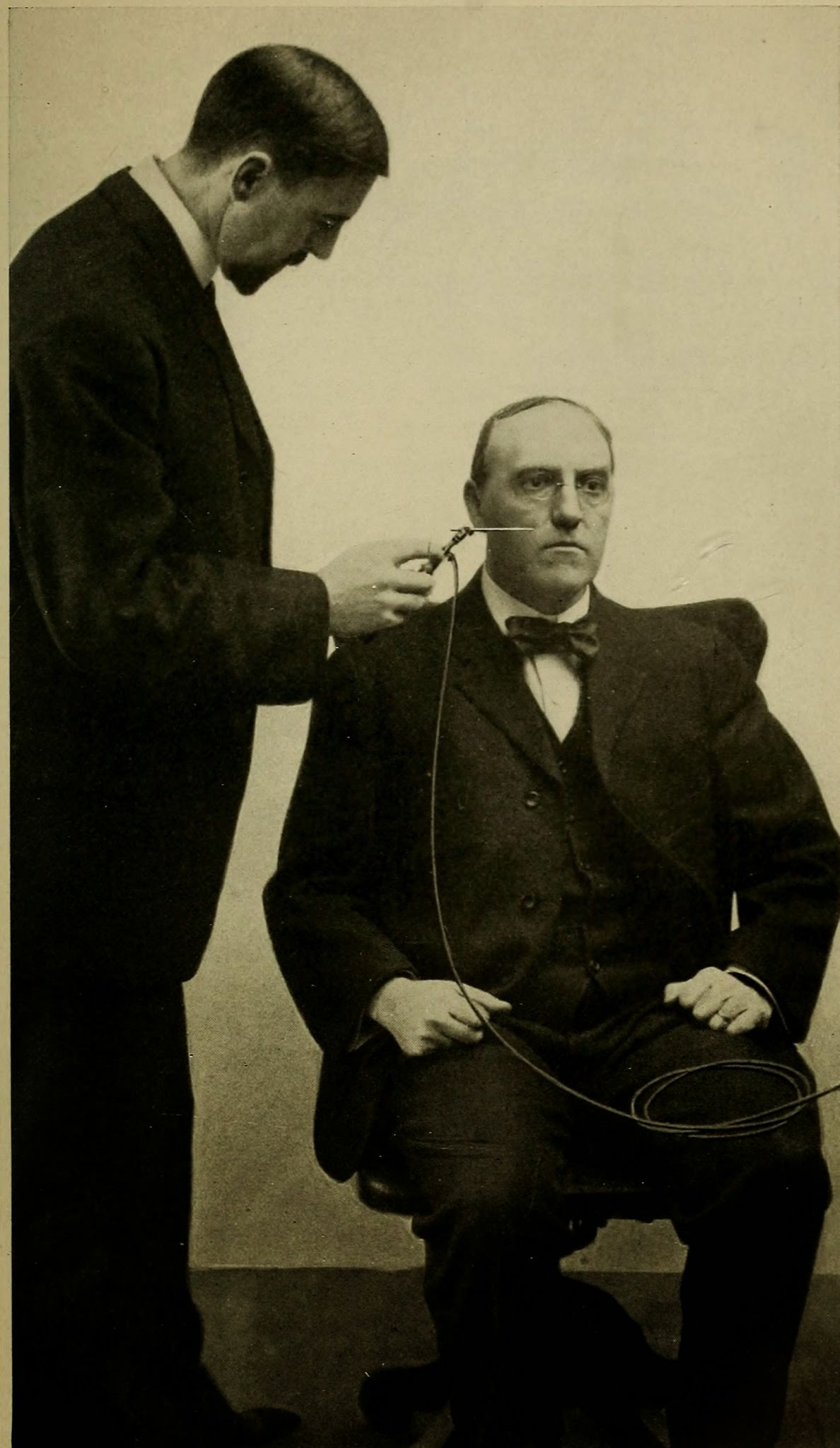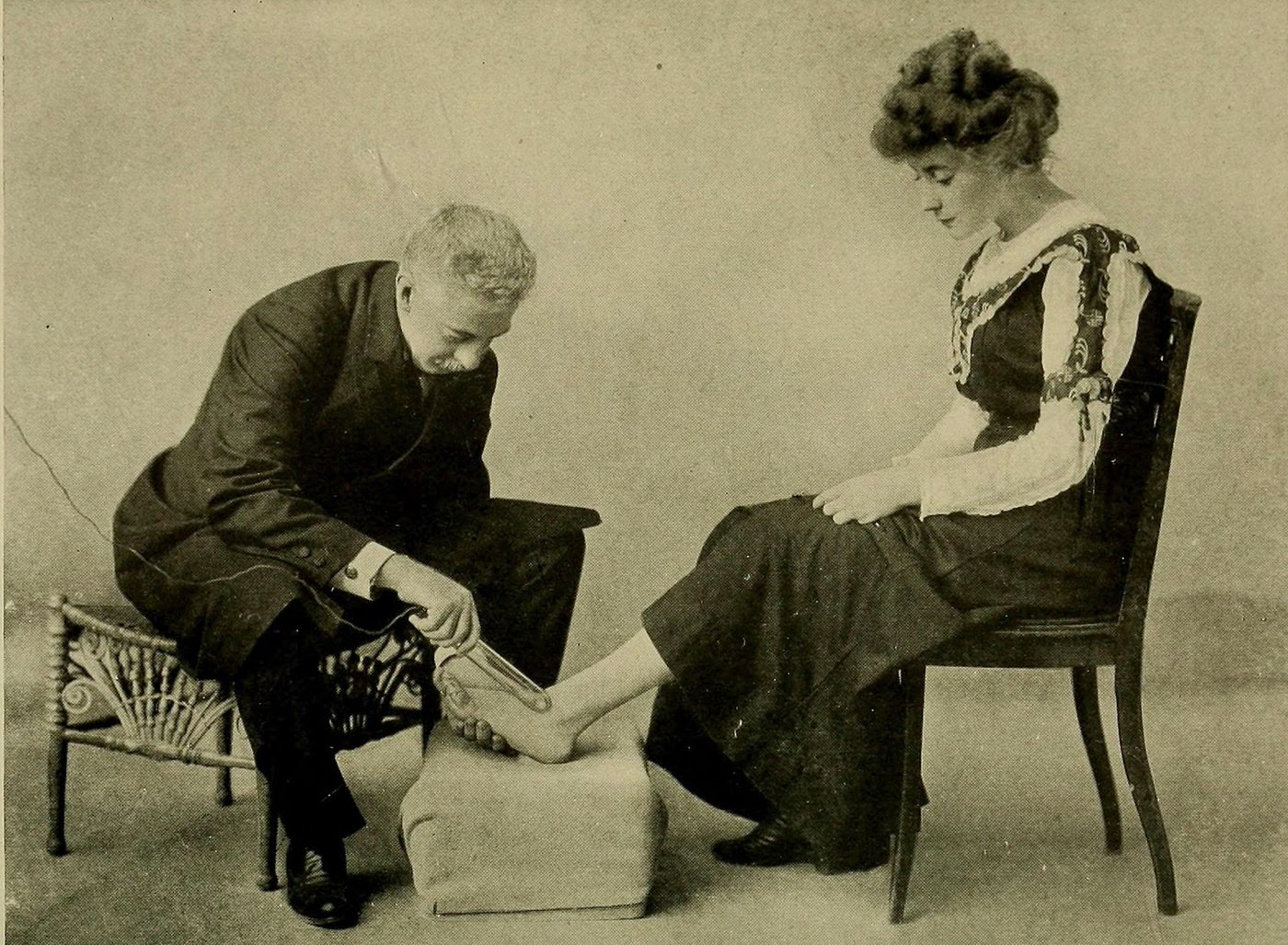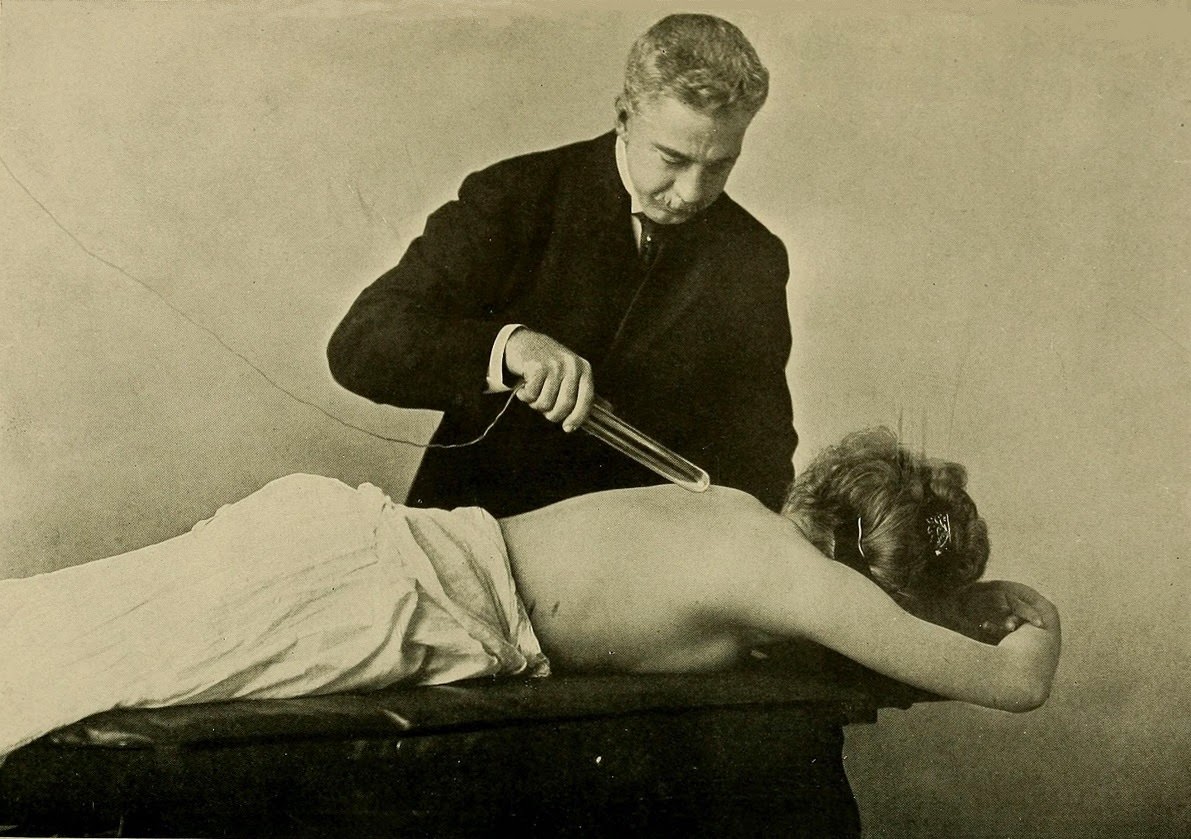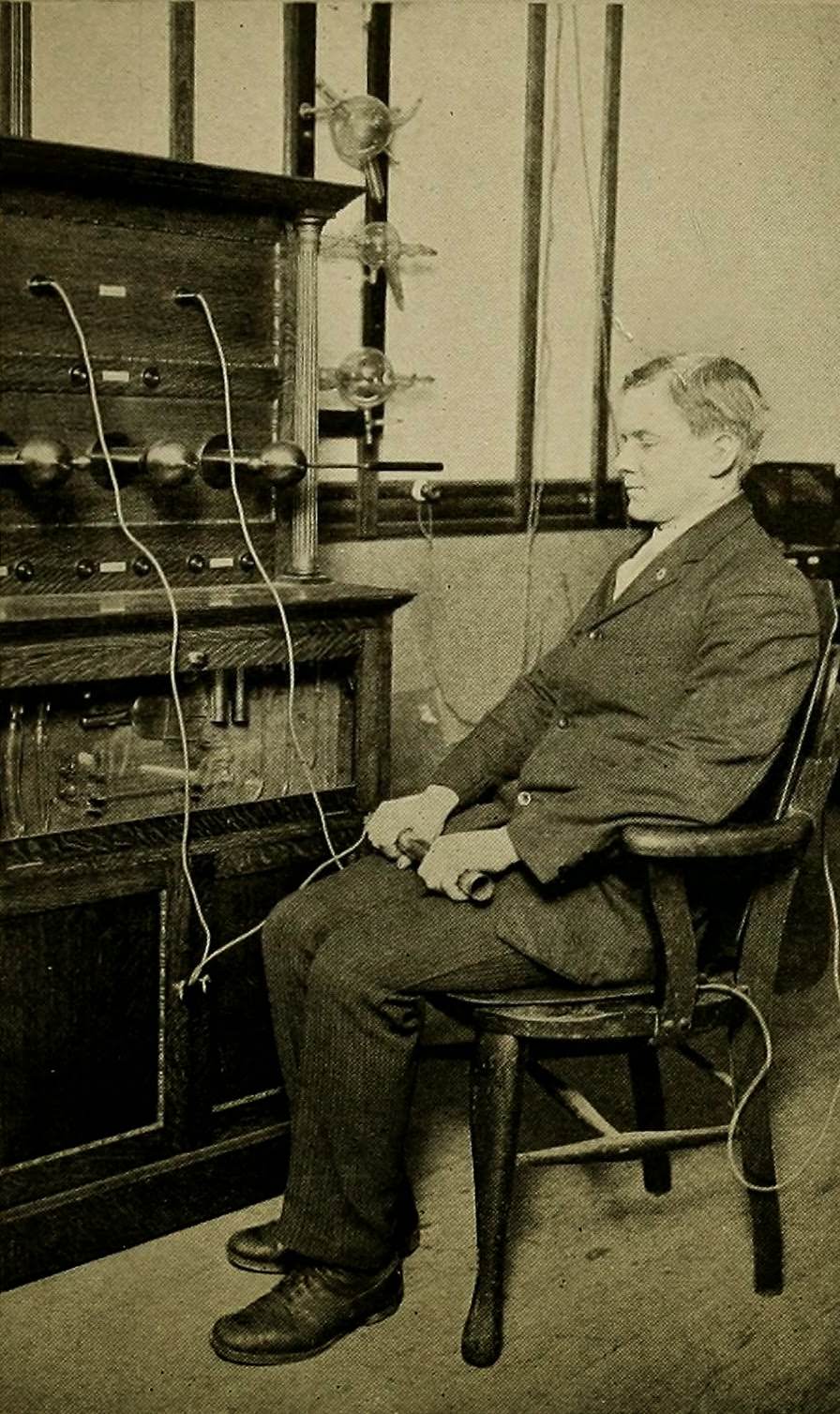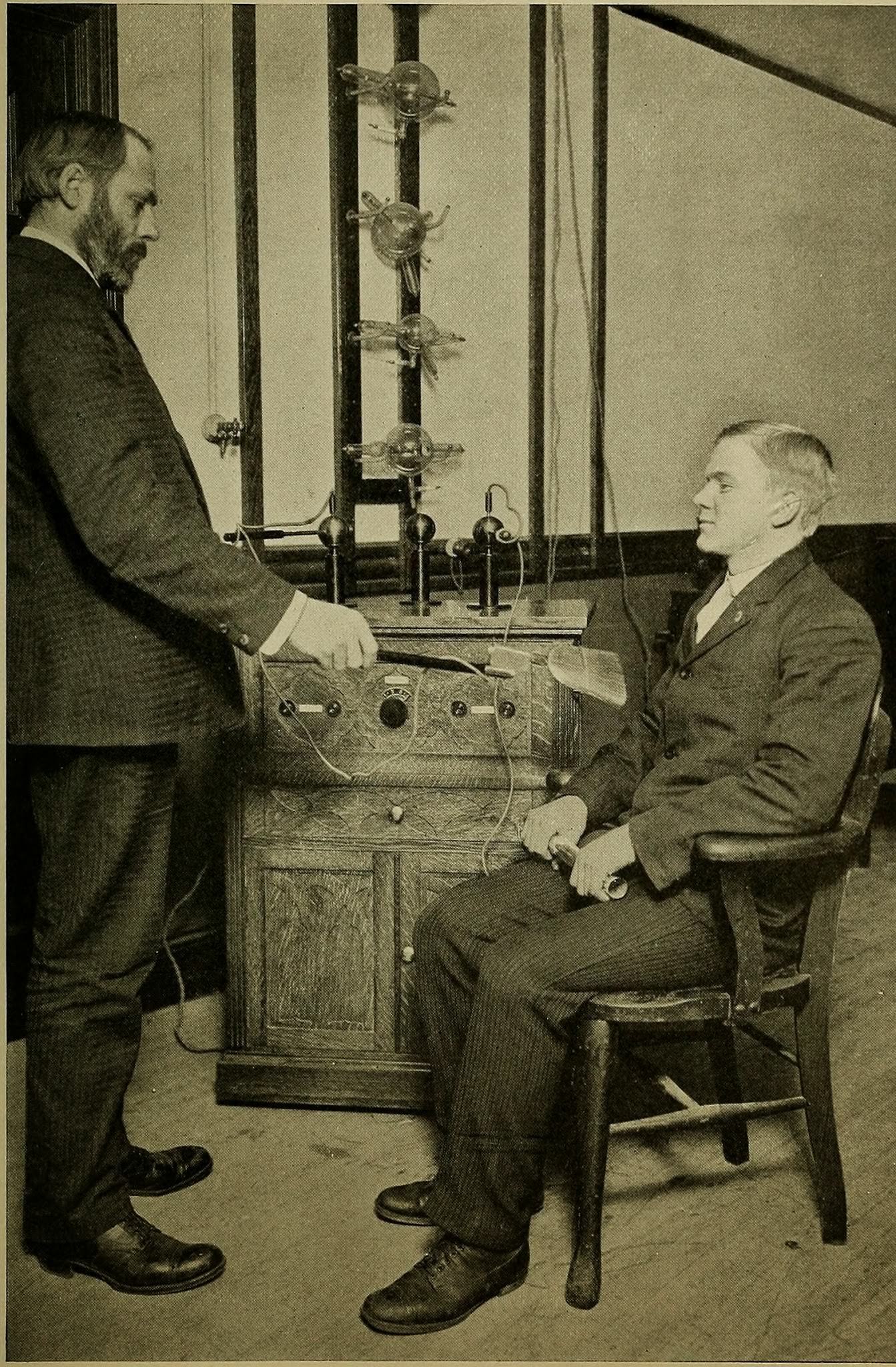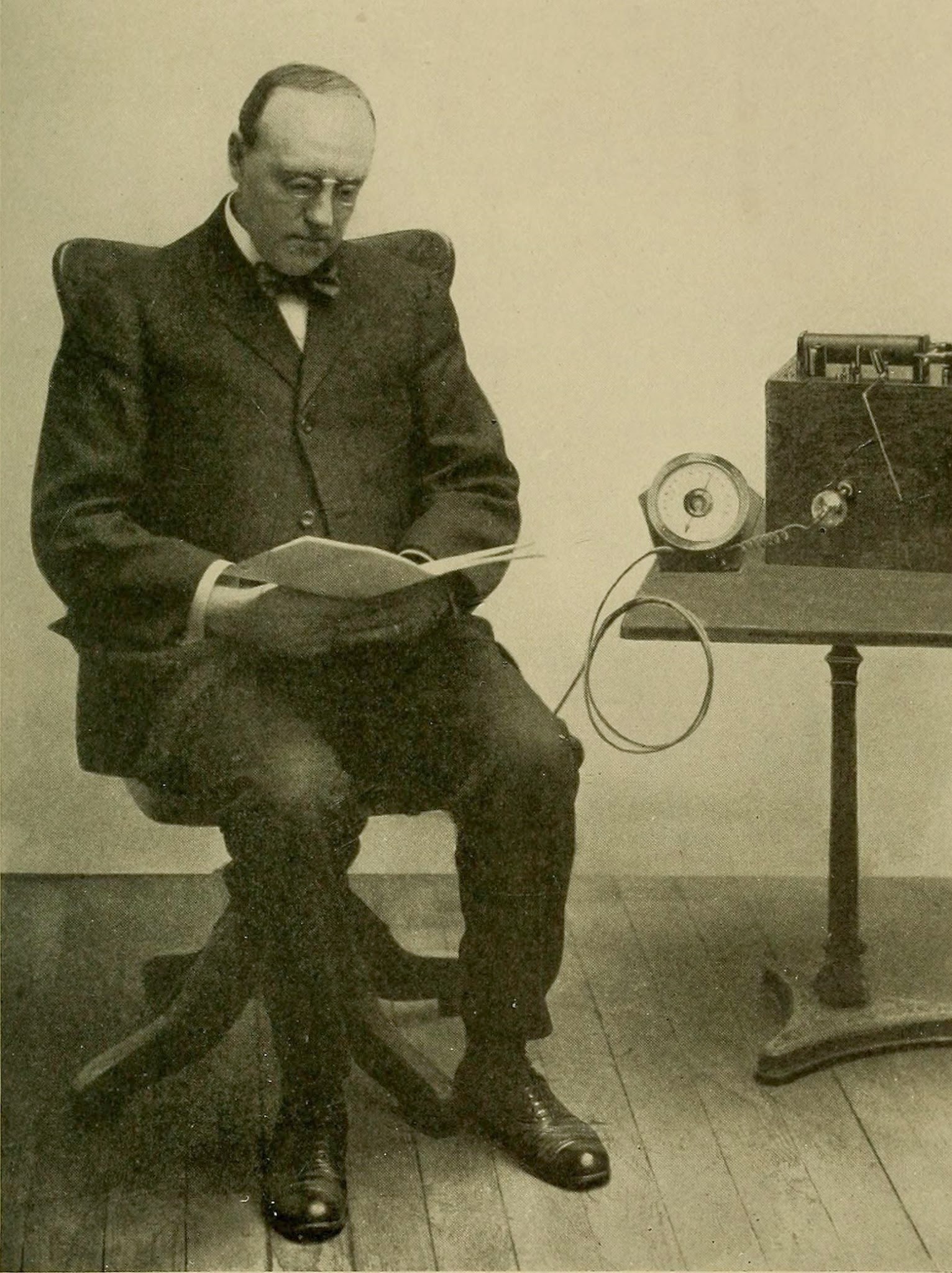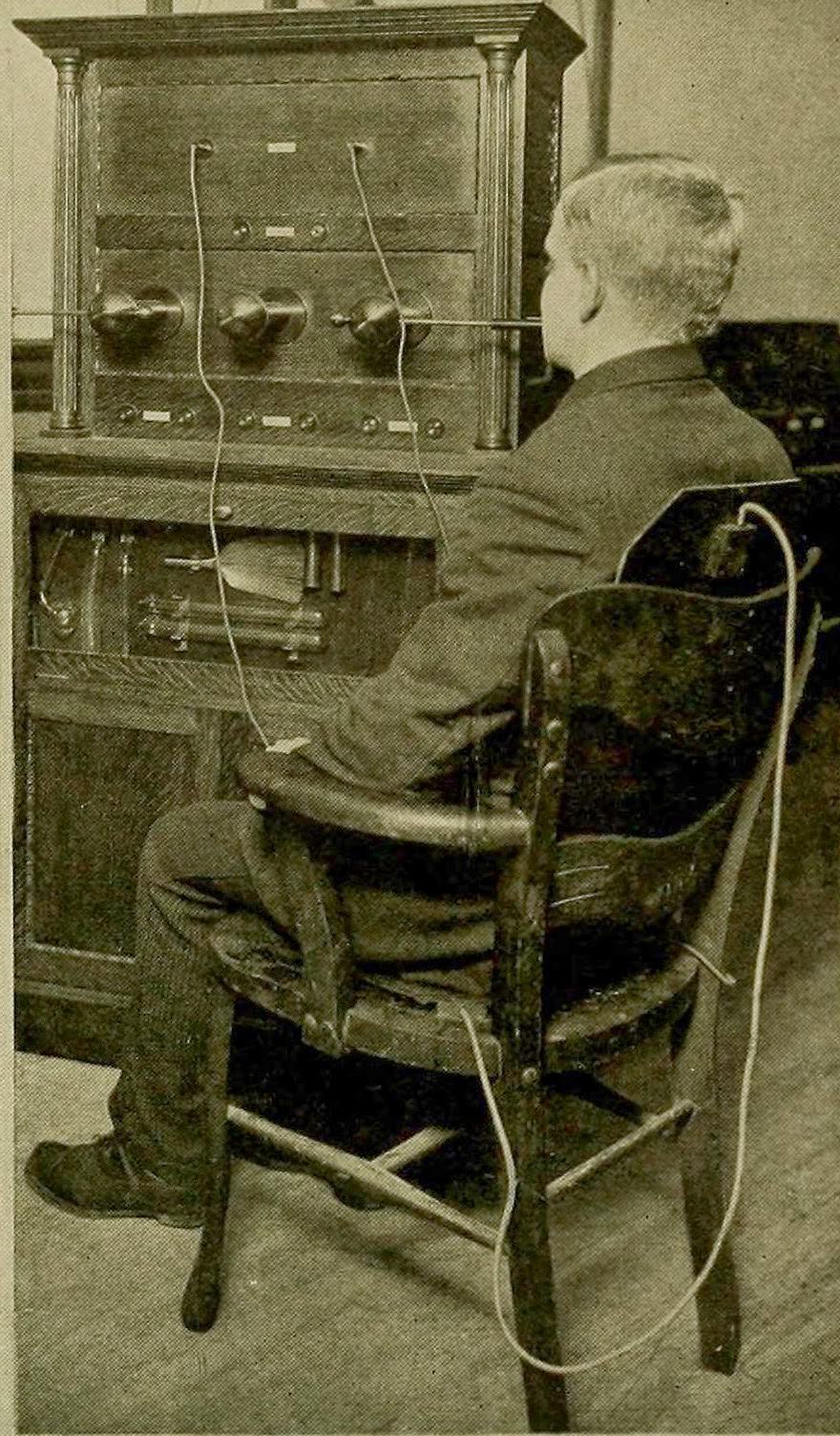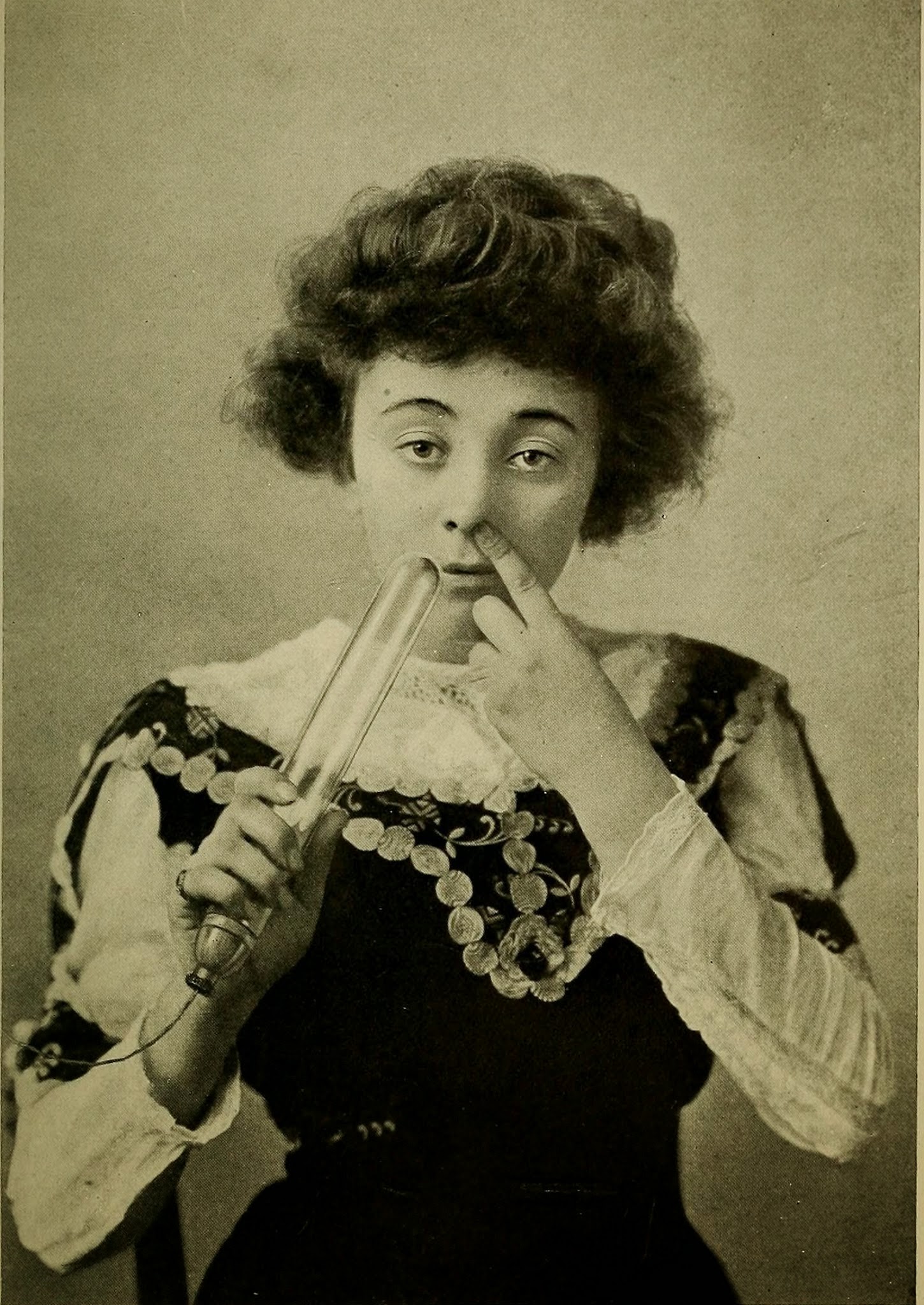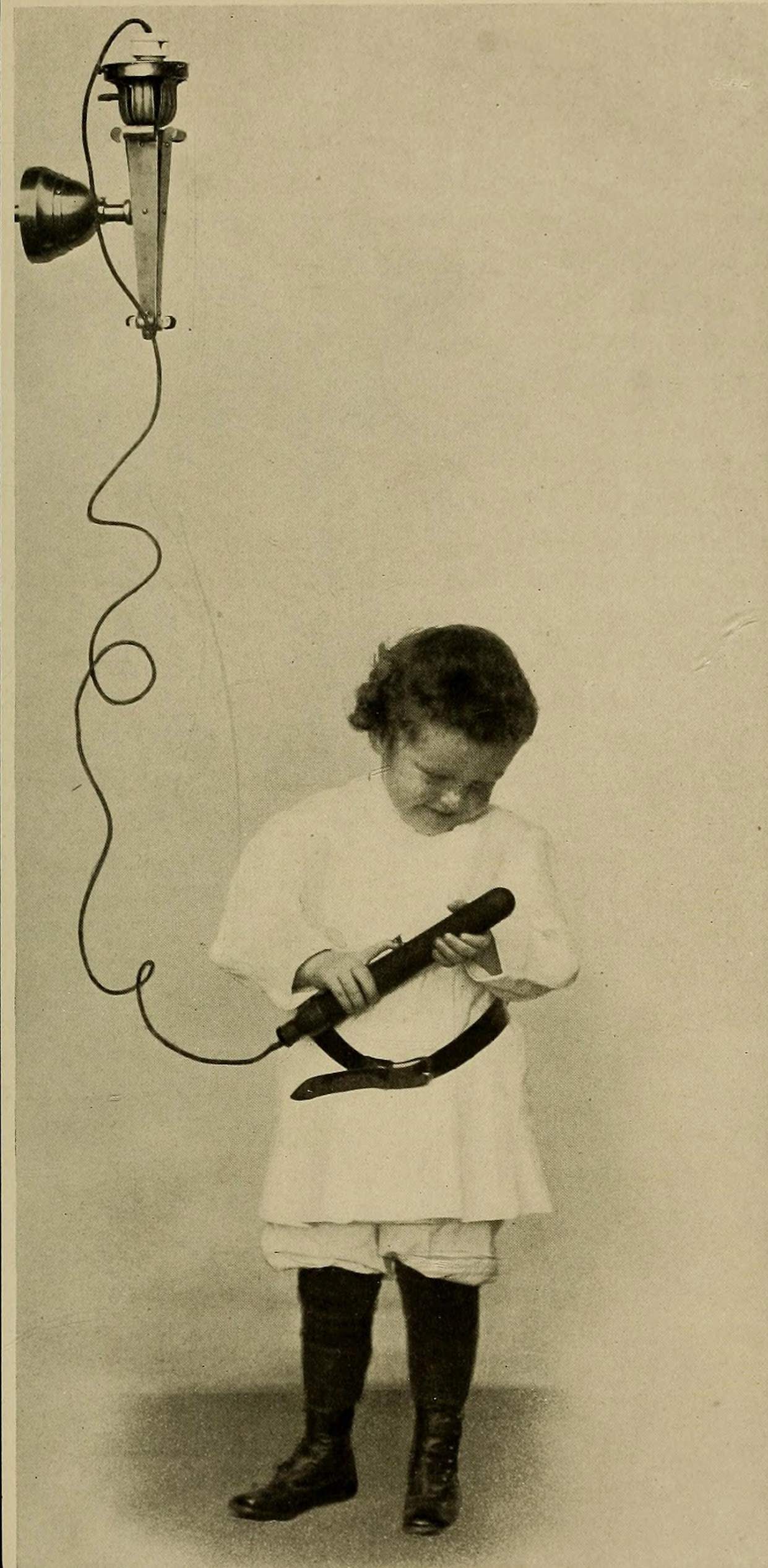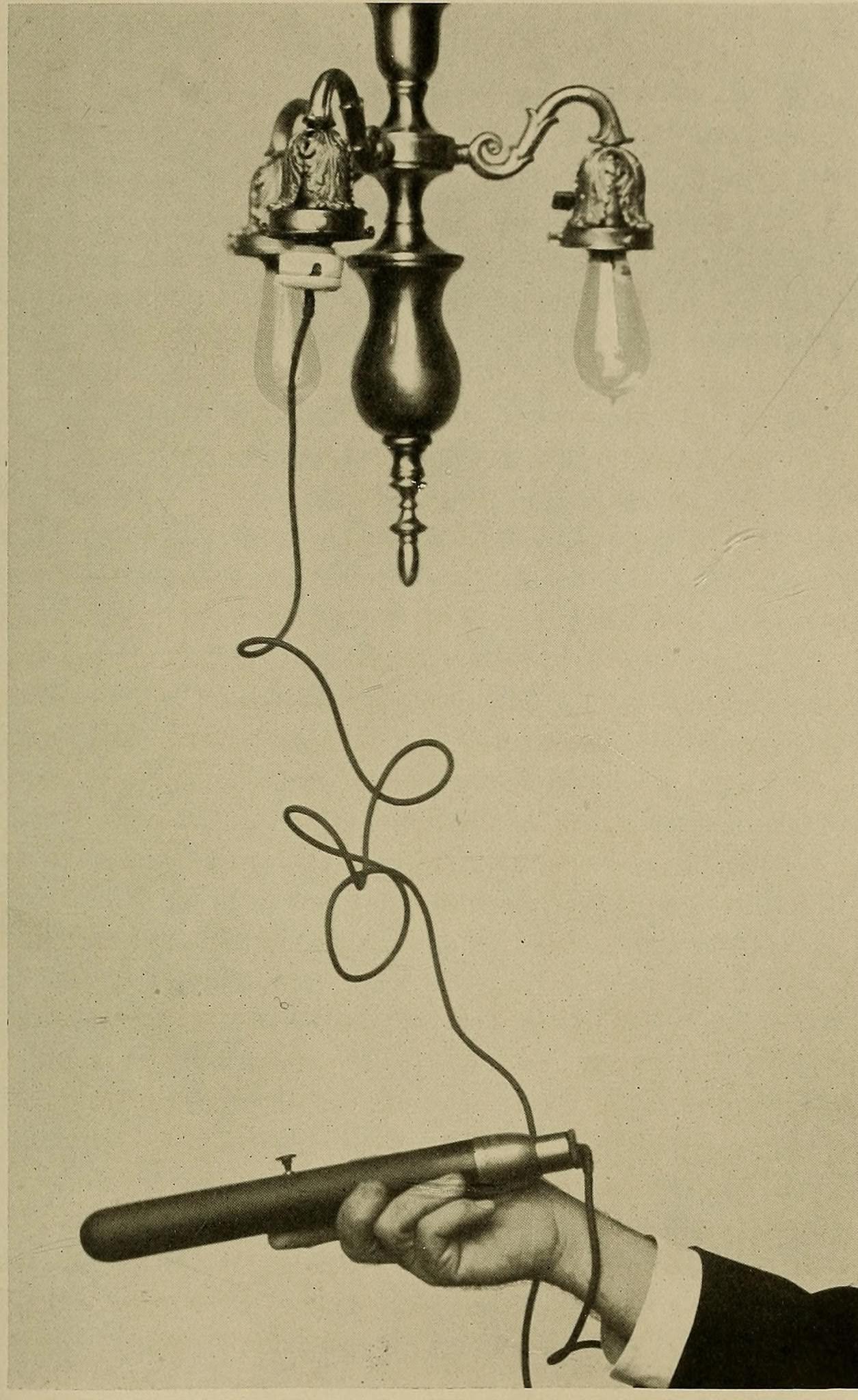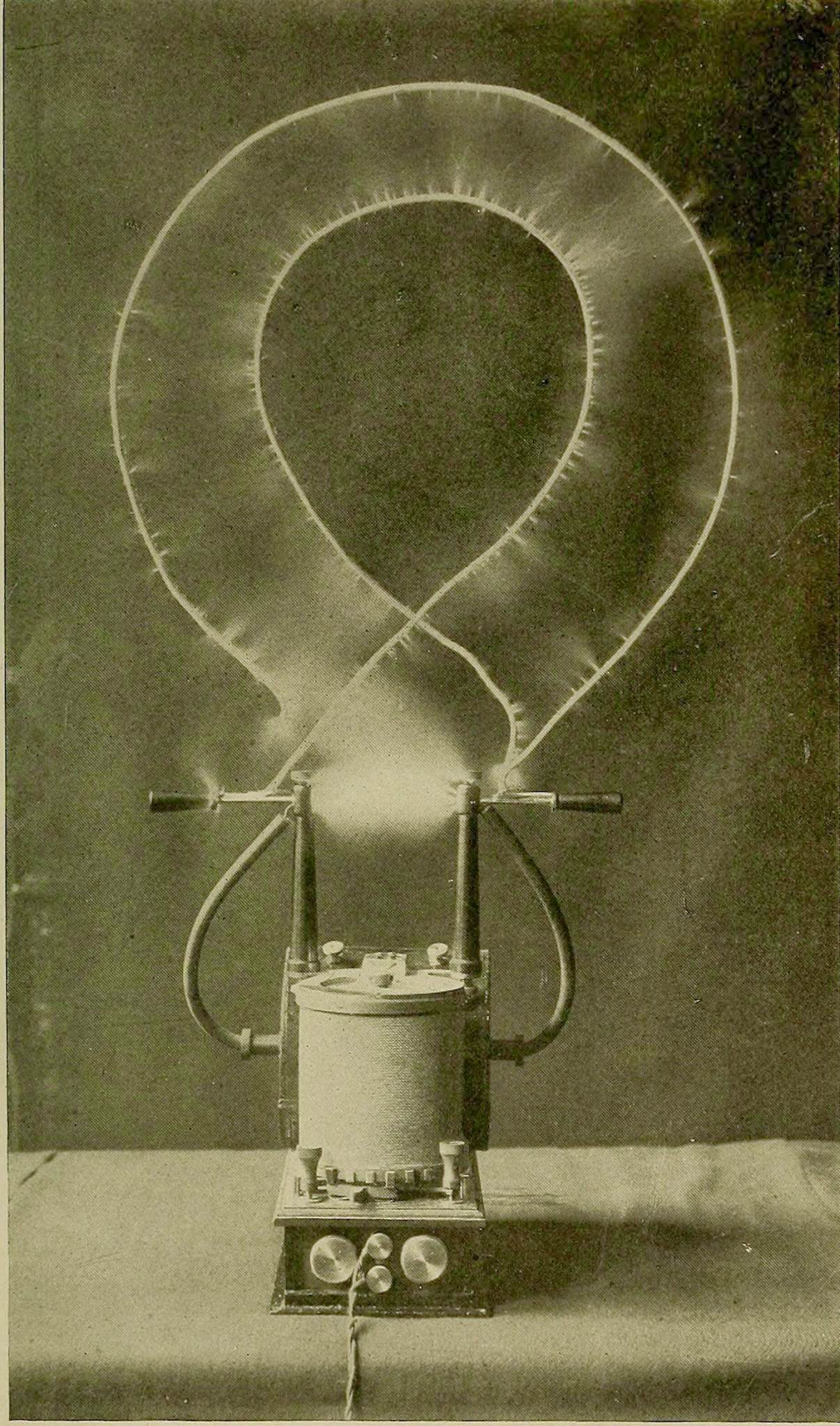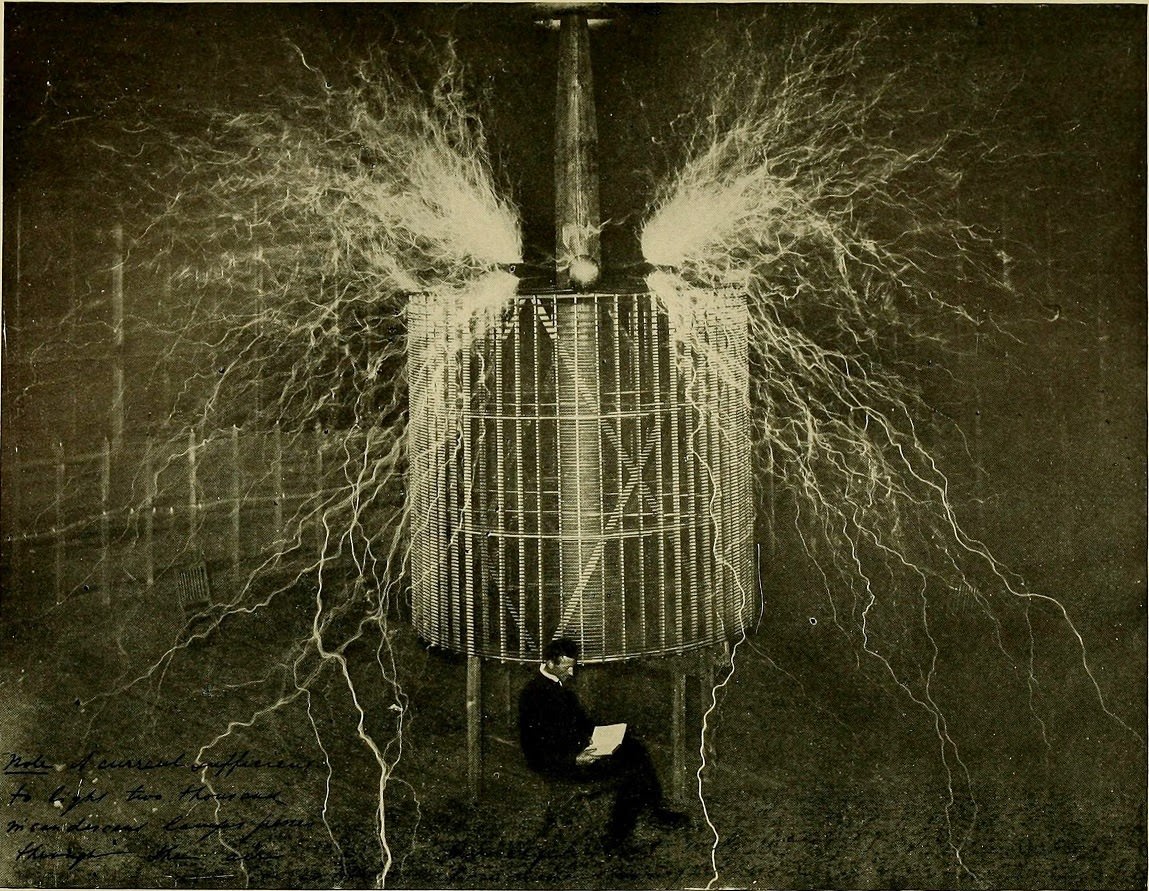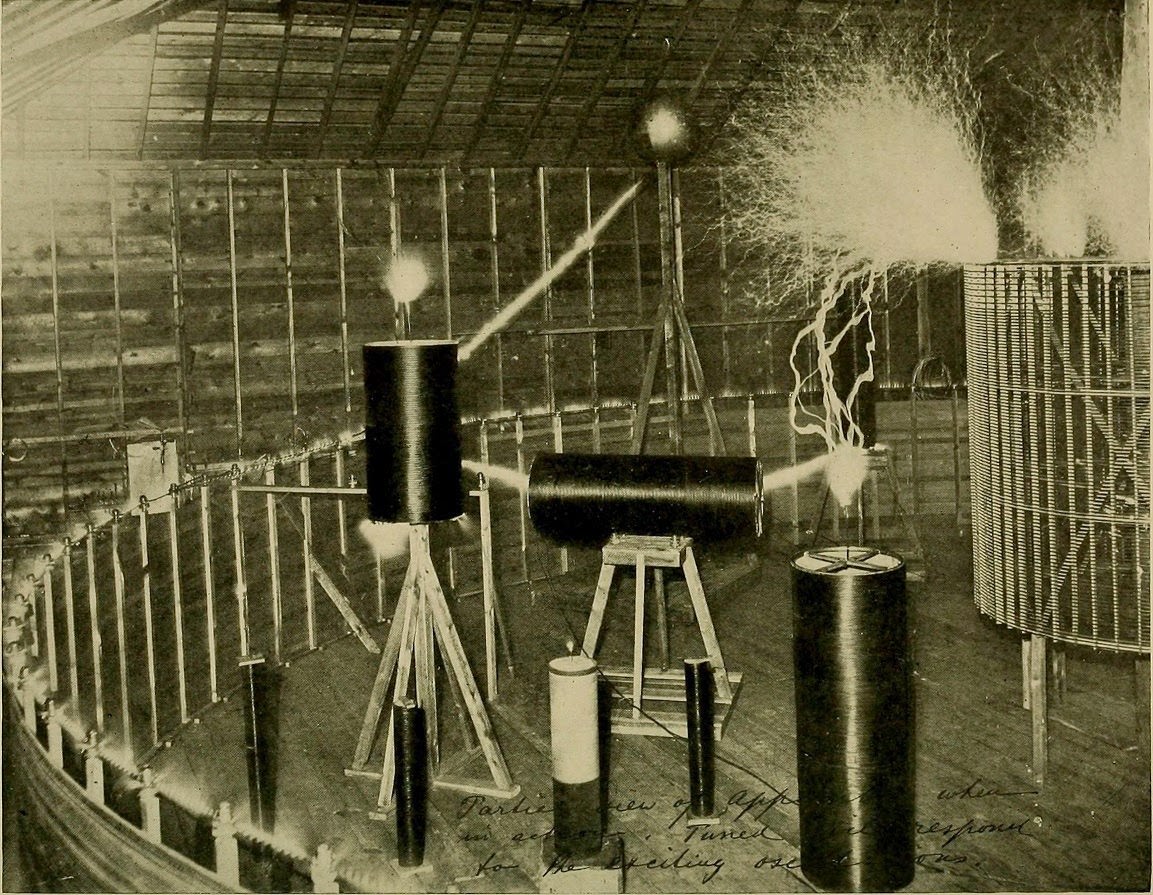In the early 20th century, a new and exciting technology was being promoted as a cure for a wide range of human ailments: high-frequency electricity. Physicians like Dr. Samuel Howard Monell championed the practice of electro-therapeutics, using specialized machines to apply electric currents to the human body for both medical and dental treatments. His 1910 book, High Frequency Electric Currents in Medicine and Dentistry, provides a detailed look into this now-obsolete field of medicine.
The Theory and the Machines
The central idea behind high-frequency treatment was that applying a gentle, high-voltage, low-amperage current could stimulate the body’s natural healing processes. Practitioners believed these currents could improve blood circulation, increase metabolism, and have a germ-killing effect on the skin. The electricity was generated by machines that used devices like Oudin coils or Tesla coils to produce the high-frequency charge.
These machines were often housed in handsome wooden cabinets with an array of dials, switches, and wires. The current was delivered to the patient through various types of electrodes. A common type was a hollow glass vacuum tube with a metal base. When the machine was turned on, the low-pressure gas inside the tube would glow with a violet or orange light, and a mild, buzzing current would be emitted from the tip when it touched the patient’s skin.
Read more
A Treatment for Everything
Proponents of electro-therapeutics claimed that high-frequency currents could treat an astonishingly broad list of conditions. For skin ailments, the glass electrodes were passed over the affected area to treat acne, eczema, lesions, and warts. The treatment was also said to promote hair growth on the scalp.
Beyond dermatology, physicians used these currents for internal and systemic issues. Different electrodes were used to apply electricity to various parts of the body to treat conditions such as rheumatism, lumbago, and nervous disorders. Doctors also claimed success in treating insomnia, abnormal blood pressure, and psychological conditions like depression and hysteria. The application for “hysteria” in women often involved using a specialized massaging electrode to induce what was then termed a “hysterical paroxysm.”
High-Frequency Dentistry
The dental applications of high-frequency currents were just as varied. Dentists used fine, pointed electrodes to apply currents directly to the gums to treat conditions like pyorrhea, a severe form of gum disease. The belief was that the electricity would kill the bacteria and stimulate the gum tissue to heal.
Another common dental use was for treating toothaches and inflammation of the tooth pulp. A fine wire electrode would be applied to the affected tooth, with the goal of reducing pain and sterilizing the area. These treatments were presented as a modern and scientific alternative to more invasive procedures, promising pain relief through the seemingly magical power of electricity. The visual documentation in Monell’s book shows patients sitting calmly in chairs while a physician or dentist applies the glowing, buzzing electrodes to their faces, gums, and bodies.


